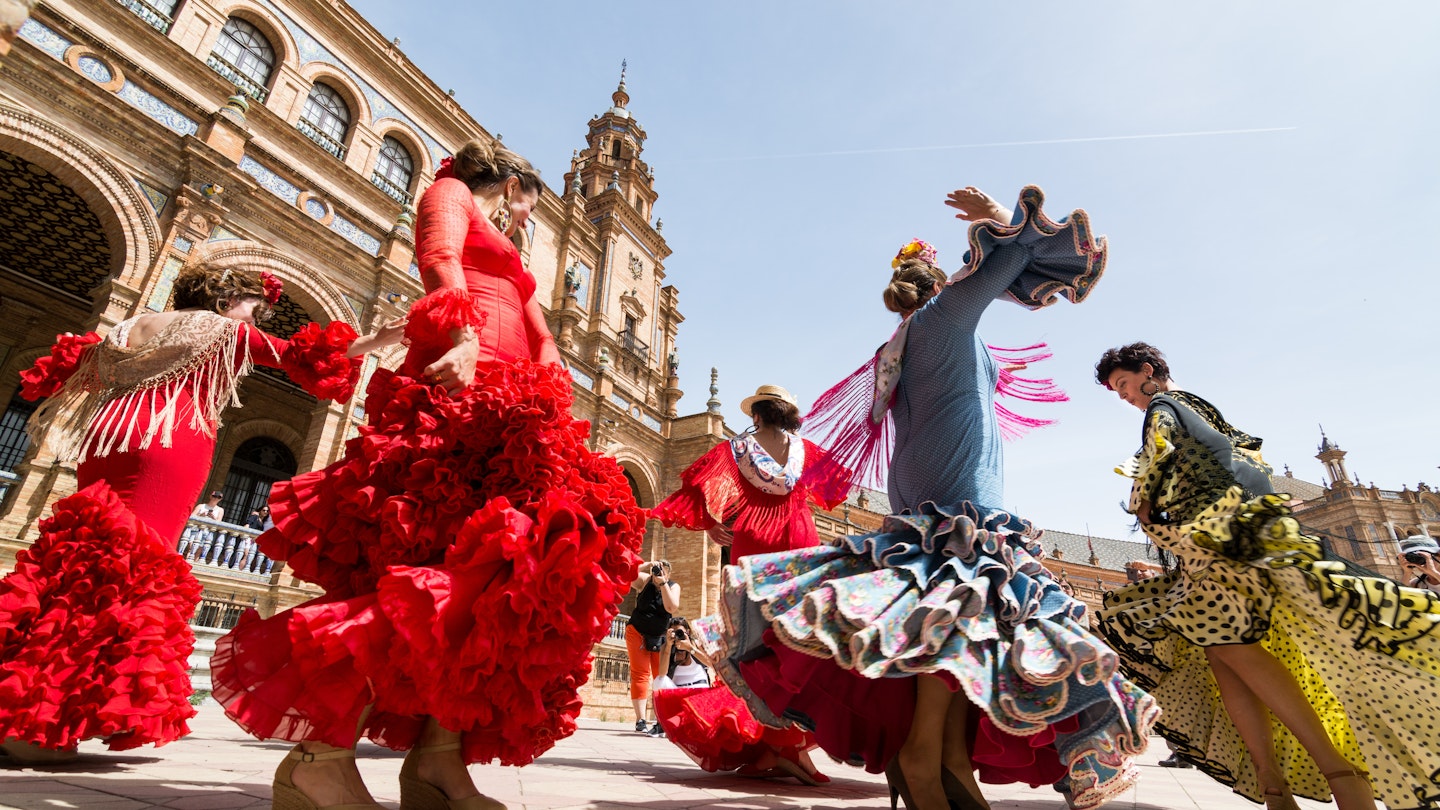Spain consistently ranks as one of the most-visited destinations in the world for good reason. This vibrant and multifaceted European country has attractions that resonate with every kind of traveler.
Whether you’re a culture enthusiast seeking to immerse yourself in rich art and architecture, a sun worshipper looking for spectacular beaches and islands, a passionate gourmand embarking on a culinary tour, or even a spiritual adventurer wishing to retrace the footsteps of pilgrims, Spain offers a rich and diverse range of experiences, season after season. Therefore, consider what you’re looking for in a visit to Spain and plan accordingly.
Optimal Times for Ideal Weather: April to May and September to October
In central Spain and on the Mediterranean coast, spring and autumn bring sunlit days and pleasant weather that are perfect for strolling and outdoor dining in terrazas, with temperatures cooling down by nightfall. Conversely, the summer months of July to August can be scorching, with temperatures reaching the mid-to-high 40s°C. Madrid empties out in August, as locals go on summer holidays, making these months ideal for exploring the northern regions, such as Asturias, País Vasco (Basque Country), Galicia, and Cantabria, which offer milder temperatures.
Beach Season: May to September
Spain boasts nearly 5000km (3107 miles) of coastline, stretching from the Atlantic Ocean to the Mediterranean Sea. As the weather starts warming up, Spanish beach destinations come to life, hitting their peak in August. Ibiza, for instance, reaches its peak party atmosphere during July and August, attracting top DJs and vibrant nightlife. If you wish to avoid the crowded shorelines, consider visiting in May and June.
Enjoying the Camino de Santiago: April to May and September to October
The best time to walk the famous pilgrimage route towards Santiago de Compostela is between May and September, due to favorable weather and longer daylight hours. To enjoy a less crowded experience, opt for the spring and autumn shoulder seasons.
Wine Harvest Festivals: September to October
Oenophiles will particularly enjoy visiting Spain’s most famous wine-making regions, such as La Rioja and Ribera del Duero, during the traditional harvest season that starts in September. The capital of La Rioja, Logroño, kicks off its San Mateo festival, featuring grape-crushing activities, parades, and exceptional wine tasting at surprisingly low prices.
Budget Travelers: November to February
Spain’s winter season attracts fewer tourists, leading to lower prices on accommodations and flights. Winter can actually be an excellent time to visit popular cities like Madrid and Barcelona as they come alive with festive lighting, outdoor markets, and holiday celebrations.
Olive-Oil Festivals: November to January
The annual olive harvest season is celebrated throughout the country, especially in Andalucía and Catalonia, with various olive-oil festivals. A notable event is the Martos Olive Festival in Jaen, held annually on December 8, showcasing the rich gastronomic culture.
Best Times for Shopping: January to February and July to August
Shopping enthusiasts can take advantage of traditional sales periods known as rebajas in January and during summer holidays. These regulated sales offer significant discounts that can reach up to 70%, allowing bargain hunters to make the most of their shopping budgets.
Calçots Festival: January to April
The typical gastronomic festival, La Calçotada, occurs in the Catalonia region, where large groups gather to enjoy grilled calçots, a type of green onion harvested in winter, served with delectable sauces.
Skiing Opportunities: January to March
Ski resorts usually open in December and remain operational until right after Easter in April. Peak snow conditions typically run from January to March in the Pyrenees, and from January to February in Central Spain. Interestingly, the Sierra Nevada region in southern Spain experiences an extended ski season that can sometimes last until May.




